Book of the Day Roundup: January 20-24, 2025
Under the Light of Fireflies
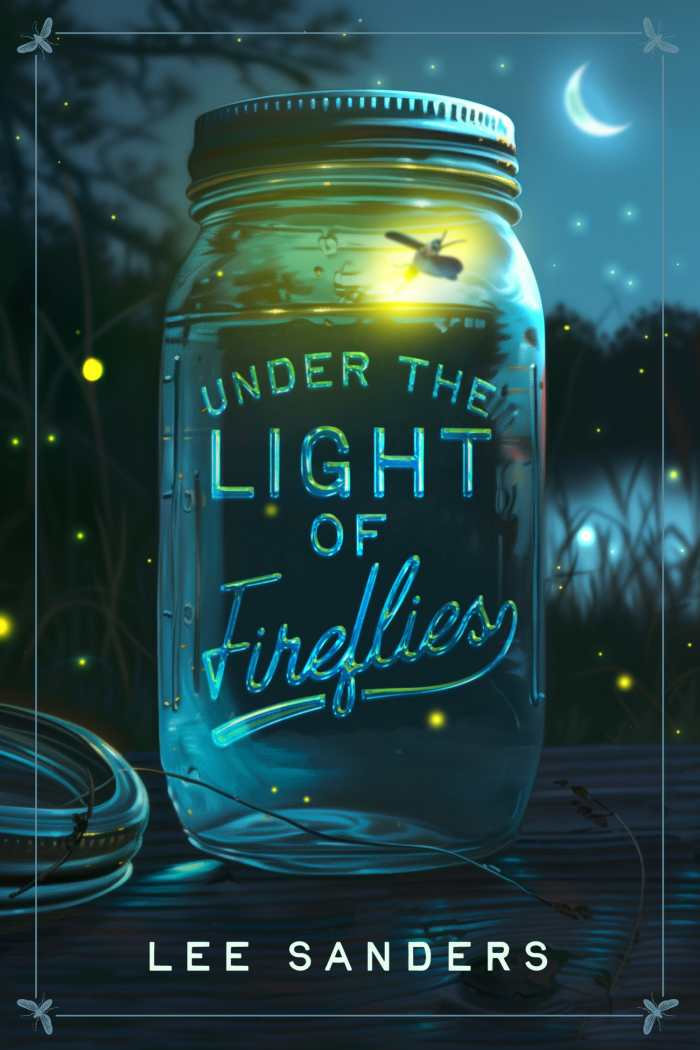
Lee Sanders
Flare Books
Softcover $19.95 (400pp)
978-1-963511-01-7
Buy: Local Bookstore (Bookshop), Amazon
An action-packed, heartfelt coming-of-age story, Lee Sanders’s novel Under the Light of Fireflies is set during an eventful summer.
In the summer of 1981, twelve-year-old Noah expects his biggest concerns to be Little League, his crush, and the bullies around town. But when a tiger escapes the zoo and finds him and another boy in the park one night, Noah’s summer takes a turn. His amnesia after the accident, combined with the town’s obsession with the incident, alienates Noah from his peers. With his old friends not around, he falls in with a new crowd—the one that used to bully him, whose members have unexpected ties to Noah’s deceased father. As he struggles with his father’s recent passing and his own accident, Noah searches for the right path.
The novel blends the big life issues Noah has to face with his everyday concerns. Noah, recovering from a traumatic injury and trying to remember just what happened to him, tries to seem cool in front of older kids. The pranks they pull, questions of popularity, and middle school crushes help Noah comprehend more serious issues too.
As the boys bike around town, their conversations with one another are short and to the point. At times, the story slows down so that Noah can describe the woods around his grandmother’s house or the fireflies lighting up the park at night. These pauses highlight Noah’s growth, coming at points when he realizes he misjudged others or when he reconnects with his family.
A boy learns to accept the unpredictability of life and finds his own sense of self in the transformative novel Under the Light of Fireflies.
JULIA DILLMAN (December 23, 2024)
The Cannibal Owl
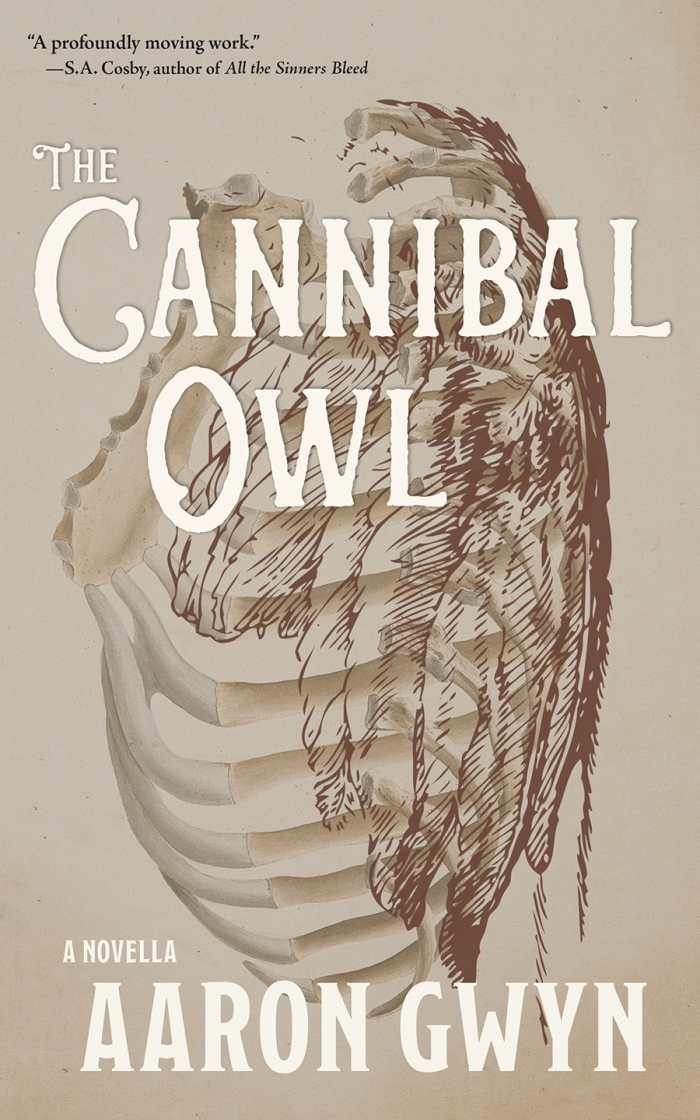
Aaron Gwyn
Belle Point Press
Softcover $15.95 (82pp)
978-1-960215-30-7
Buy: Local Bookstore (Bookshop), Amazon
The spirit of perseverance is given wings in Aaron Gwyn’s touching coming-of-age novella, The Cannibal Owl.
Levi was raised in the rough-and-tumble Arkansas territory in the first decades of the nineteenth century. His unexpected orphaning veers his path to Texas, where his uncle’s abuse precipitates him fleeing again. He’s out on his own by the age of eleven.
Levi’s lonesome travels take him across slave fields; he encounters a Comanche band that shelters and feeds him. Despite the trepidation of the braves and chieftains of the tribe, Levi is taken in by an elder, Poe-paya, whose security over Levi helps to hone his resolve and his survival skills. Poe-paya also helps to define the scope of Levi’s worldview and drive. And when the tribe faces disharmony and violence, Levi is imbued with the spirit of Pia Mupitsi, the Cannibal Owl, who haunts the night for disobedient children. Pia Mupitsi also gives Levi invincible determination, guiding him toward vengeance.
While it’s a hard task to impart a sense of finality within the nebulous confines of its space, The Cannibal Owl is a deep and thoughtful story, packing a series’ worth of allegory and early American history into its short pages. Powerful prose guides Levi’s ascent from the despair of a tragic upbringing to the precipice of eternal hereafter; he moves through a gamut of heartbreaking lessons toward stoic maturity. The arc of Levi’s losses and hard-fought gains is vivid even in moments of profound darkness, with the backdrop of territory-starved American naivety appearing between the cracks.
Despite its brevity, The Cannibal Owl is a beautiful, dramatic patchwork story about what it means to want to survive, to become accepted, and to thrive and contribute despite the hurdles and forfeitures along the way.
RYAN PRADO (December 23, 2024)
The Eidi Bag
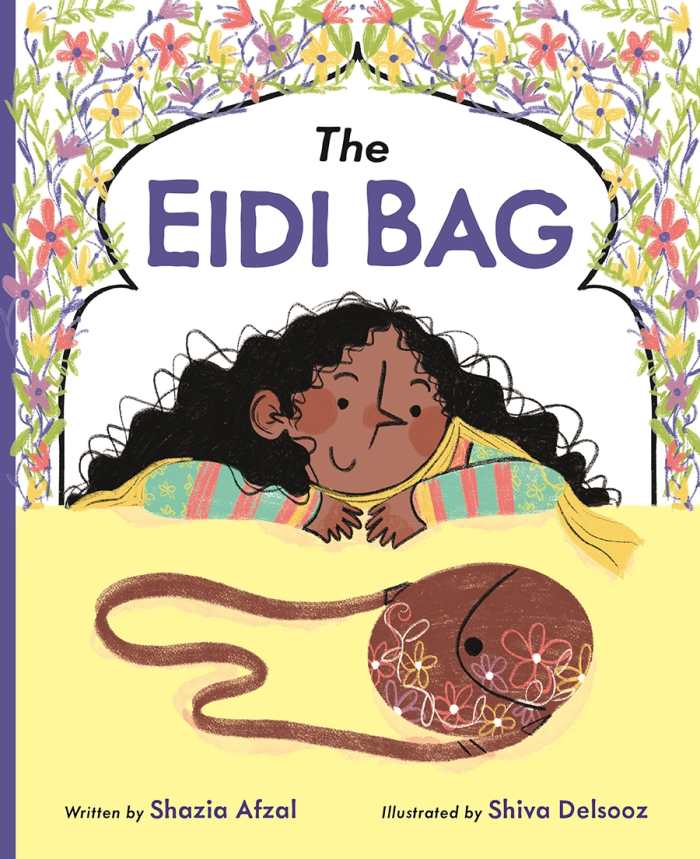
Shazia Afzal
Shiva Delsooz, illustrator
Owlkids Books
Hardcover $18.95 (32pp)
978-1-77147-542-6
Buy: Local Bookstore (Bookshop), Amazon
It’s Sarah’s first Eid in her new country, and she’s looking forward to friends and relatives filling her Eidi bag with money, just like they did in Pakistan. When she arrives at the masjid, however, no one has any coins for her. Initially disappointed, Sarah comes to see that, while the two cultures might not be the same, they aren’t all that different, either. From a pink kitchen to detailed patterns on clothing, the colors captivate in this warm-hearted picture book.
DANIELLE BALLANTYNE (December 23, 2024)
The New Internationals
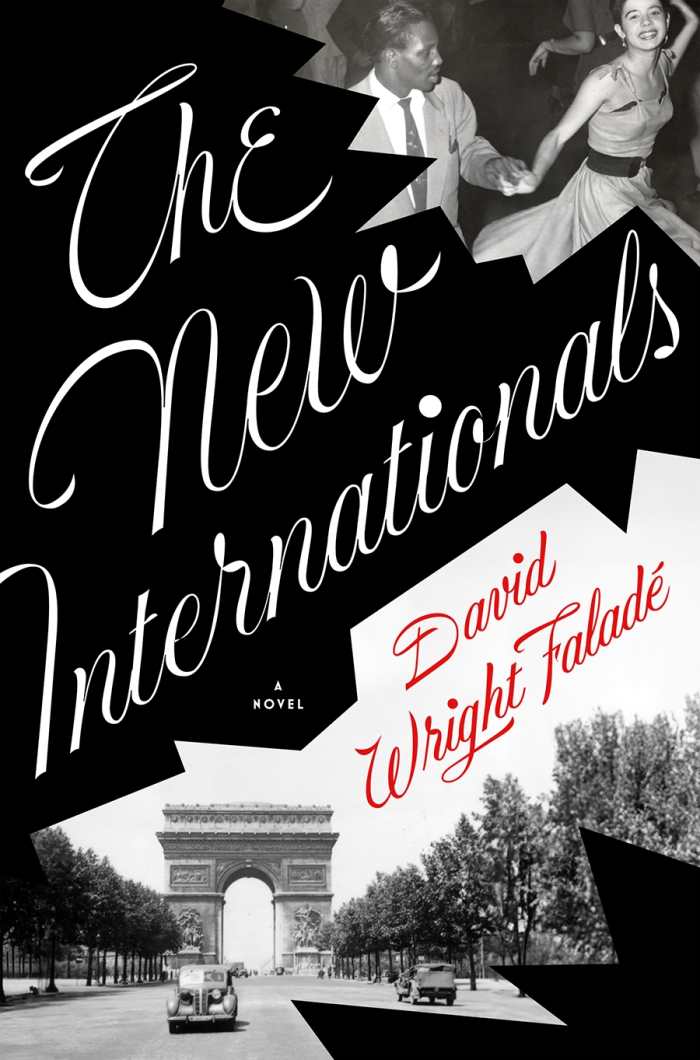
David Wright Falade
Atlantic Monthly Press
Hardcover $28.00 (304pp)
978-0-8021-6406-3
Buy: Local Bookstore (Bookshop), Amazon
In David Wright Faladé’s immersive novel The New Internationals, cross-cultural friendships and romances challenge racial barriers in post–World War II Paris.
During the Nazi occupation, Cecile’s parents enrolled her in a Catholic school for her protection; in 1947, her progressive ideals and artistic aspirations aggravate her bourgeois father. She wears a Star of David pendant in remembrance of the atrocities inflicted upon Jews by the Germans and collaborative French.
While traveling to a Communist Youth conference, Cecile befriends Minette, who is French Senegalese. Brash Minette introduces Cecile to Seb, an architecture student and descendant of West African kings. Oppressed by European colonialism, Seb’s father insists that someday his son will “construct skyscrapers” and prove “that we are not savages.”
Though Cecile and Seb become lovers, Seb hides their relationship from Zansi, his medical student sister, who often reminds Seb of their family obligations. Cecile is later troubled to learn that Seb’s ancestors sold other Africans into the slave trade. A taut love triangle develops when Cecile begins an involvement with Mack, a charismatic Black American soldier stationed in France.
Set amid Paris’s postwar strife, the novel’s varied backdrop features exuberant jazz clubs, chaotic social protests, bustling cafes, and staid suburbs. Its perspective alternates to draw out social and personal complexities, revealing people’s inner conflicts and insecurities in a way that enhances the book’s intricate tension. Contrasts are also drawn between the divergent experiences of continental Africans and Black Americans: Mack and Seb have little in common beyond their attraction to Cecile; upon meeting a group of young Africans in Paris, Louis Armstrong is perplexed to receive their native gifts of a mahogany staff and a handbag made from animal hides.
Grounded in eloquent details, the novel The New Internationals pulses with the energies of postwar Paris.
MEG NOLA (December 23, 2024)
How We Heal
A Journey Toward Truth, Racial Healing, and Community Transformation from the Inside Out
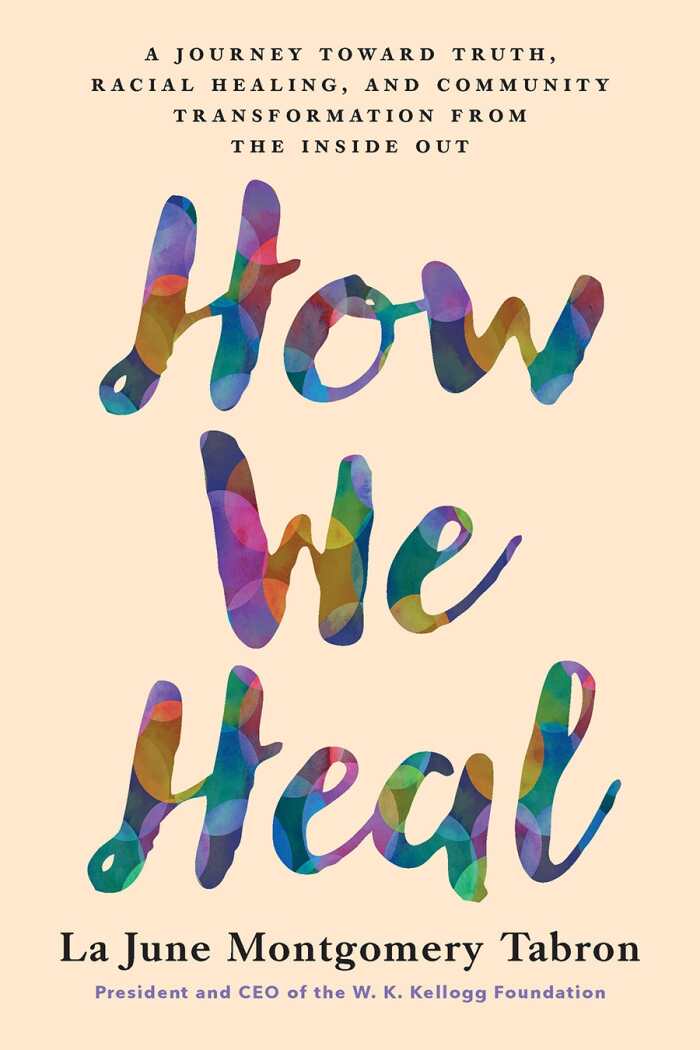
La June Montgomery Tabron
Disruption Books
Hardcover $29.95 (265pp)
978-1-63331-101-5
Buy: Local Bookstore (Bookshop), Amazon
La June Montgomery Tabron’s memoir-cum-guidebook for combating racism through racial healing, How We Heal, is focused on honest guided conversations between community members and addressing problems as a collective.
Tabron grew up in Detroit in the 1960s. The Detroit Rebellion and the urban neglect that followed shaped her future. She was among the few Black women students among her University of Michigan class and had to overcome being underestimated and misunderstood. In 1987, she was sought out to join the W. K. Kellogg Foundation. She was inspired by its founder’s commitment to equity. With Dr. Gail C. Christopher, she worked on America Healing, an initiative to connect and foster healing and organizing efforts throughout the country.
In 2014, Tabron became the foundation’s CEO just in time to deal with a rise in police brutality. She incorporated feedback on the local level and created Truth, Racial Healing, and Transformation, a framework to help communities build connections and face racial division in the face of the 2020 pandemic and protests. The book shows the positive effects of the program in Flint, Michigan; Taos Pueblo, New Mexico; and many other places in the US and throughout the world. It includes resources and a reader’s guide to overcoming “empathy deficit,” which prevents people from seeing others clearly.
The prose is engaging and clear, breaking down complex social issues and philanthropic work into smaller pieces and then relating those to personal experiences. This not only results in a moving story but a well-argued case for racial healing methods. Historical events are connected to current issues in a way that shows the scope of the US’s racial issues and the power of the people working together to confront them.
How We Heal is an enlightening exploration of ongoing racial divides with recommendations for creating a better future.
M. W. MERRITT (December 23, 2024)
Kathy Young
